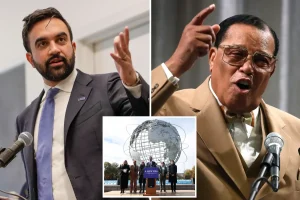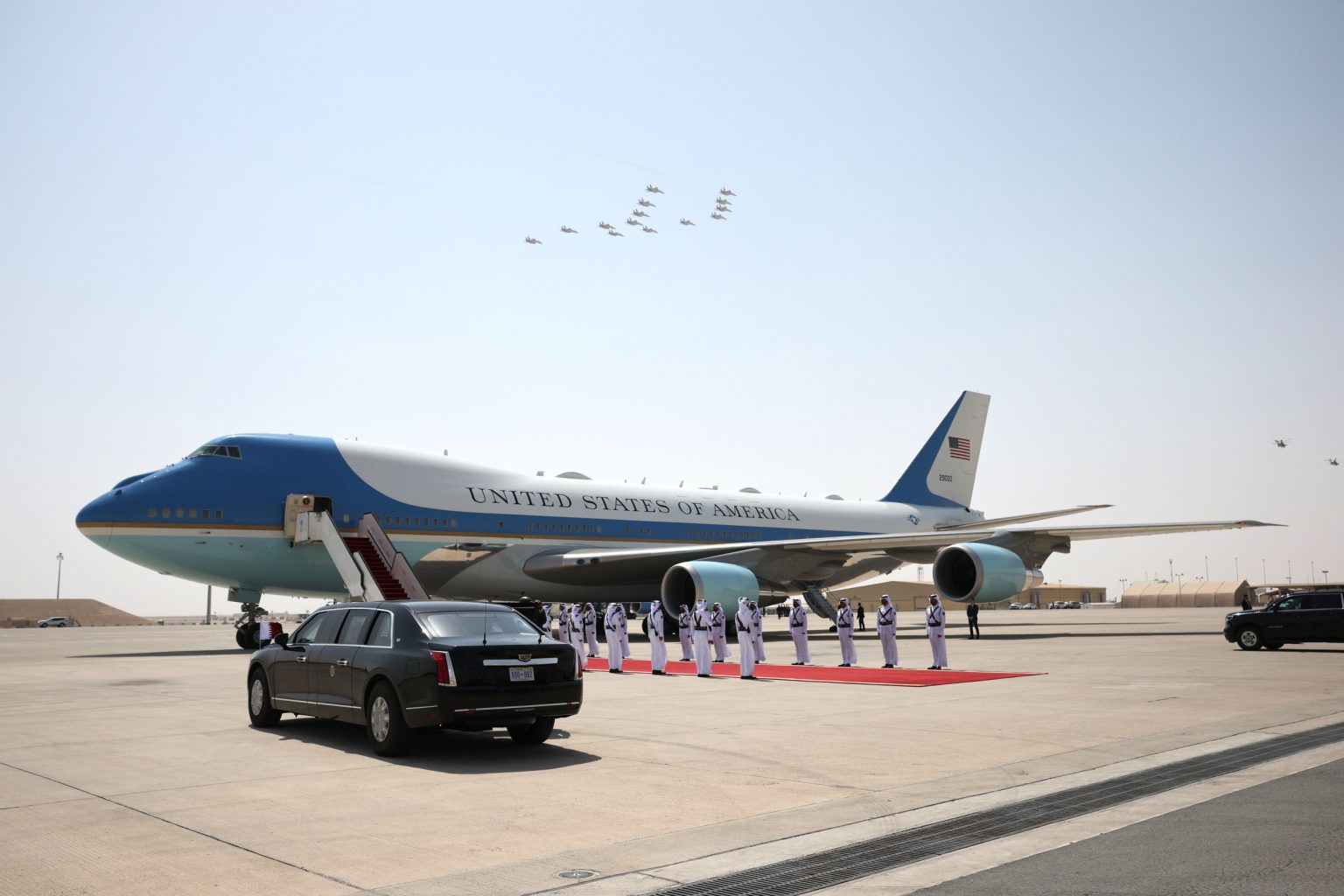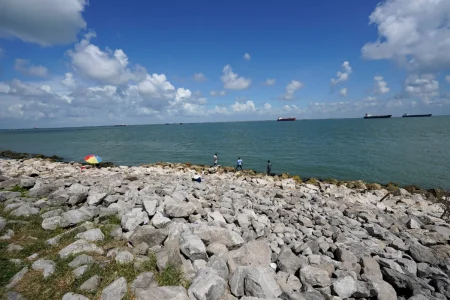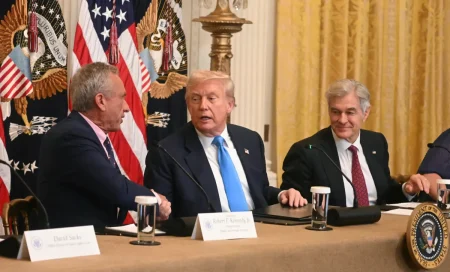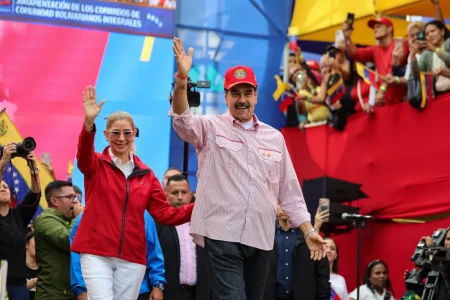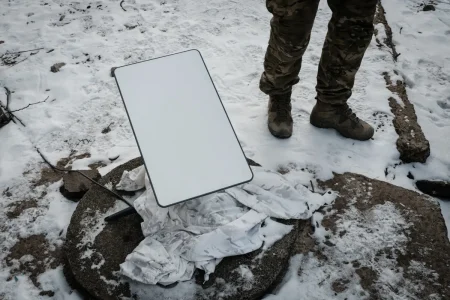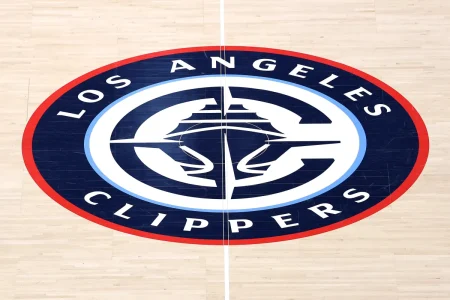Qatar’s Gift Jet: A New Chapter in U.S.-Middle East Relations
In a remarkable diplomatic gesture that has sparked both appreciation and controversy, the United States Air Force has begun modifying a $400 million Boeing 747 aircraft gifted by Qatar. This luxurious jet, potentially destined to serve as presidential transport, was officially accepted by the U.S. in May following President Donald Trump’s high-profile visit to Qatar during his first overseas trip after re-election. The timing of this gift has drawn increased scrutiny as recent events unfold in the Middle East—just four months after the donation, Qatar, which hosts the largest U.S. military base in the region, was struck by Israeli attacks targeting senior Hamas officials. This development has thrust Washington’s complex relationships with Gulf nations into the spotlight, raising questions about diplomatic influence, national security, and ethical considerations in international relations.
The motivations behind Qatar’s generous offering appear multifaceted, blending practical assistance with strategic diplomacy. With Boeing significantly behind schedule on delivering two new presidential aircraft under the VC-25B program (the official next-generation Air Force One), the Qatari jet potentially offers a timely solution to an embarrassing procurement problem. Qatar’s Prime Minister Sheikh Mohammed bin Abdulrahman bin Jassim Al Thani characterized the gift as “a normal thing that happens between allies,” downplaying any suggestion of ulterior motives. President Trump has consistently defended accepting the aircraft, framing it as a pragmatic response to Boeing’s delays. However, details about how the Pentagon plans to adapt this 13-year-old former Qatari jet remain classified, with an Air Force spokesperson referring to it as intended for “Executive Airlift support” rather than explicitly as “presidential transport”—a distinction that suggests the aircraft may require fewer specialized security, communications, or defensive systems than the official Air Force One.
The gift arrives against a backdrop of intensifying regional tensions that directly affect U.S.-Qatar relations. The American base at Al Udeid in Doha—a critical hub for U.S. military operations in the Middle East—was targeted by retaliatory Iranian missiles in June, highlighting the strategic importance and vulnerability of this partnership. More recently, Israel’s strikes on Qatari soil targeting Hamas officials have further complicated the diplomatic landscape. Despite these challenges, the U.S. continues to value Qatar’s role as a mediator in ongoing efforts to secure the release of Israeli hostages taken by Hamas in October 2023. Secretary of State Marco Rubio’s recent meeting with Qatari leadership in Doha underscores this priority, with Rubio emphasizing Washington’s desire for Qatar to remain engaged in mediation efforts aimed at both hostage release and the ultimate disarmament of Hamas.
This diplomatic exchange occurs within a larger framework of American engagement with Gulf nations. President Trump’s first overseas trip since re-election meaningfully included visits to Saudi Arabia and the United Arab Emirates alongside Qatar—a clear signal of the administration’s prioritization of these relationships. The acceptance of such a valuable gift from Qatar has ignited debate in Washington regarding ethical implications, security considerations, and the potential perception of undue influence. These concerns are magnified by Qatar’s complex position in regional politics, including its historical relationships with various political factions in the Middle East. The U.S. Air Force’s current modifications to the aircraft are proceeding under a veil of secrecy, with an Air Force spokesperson noting that “details related to the contract are classified,” fueling further speculation about the nature and extent of these adaptations.
The practical implications of this gift extend beyond President Trump’s time in office. Reports suggest that when Trump leaves the presidency, the aircraft will transfer to his presidential library foundation, though it remains unclear whether he could continue using it personally. This unusual arrangement raises additional questions about the long-term disposition of a gift ostensibly made to the United States government rather than to the president as an individual. Meanwhile, the immediate focus remains on operational considerations—how quickly can this aircraft be adapted for presidential use, what capabilities will it have compared to the official Air Force One, and what message does its acceptance and use send to allies and adversaries alike? These questions take on greater significance against the backdrop of Middle Eastern politics, where symbols and gestures often carry outsized diplomatic weight.
As the U.S. navigates these complex waters, the gifted Boeing 747 stands as a tangible symbol of the intricate relationships between the United States and Gulf nations—relationships that blend strategic military cooperation, diplomatic mediation efforts, economic interests, and personal connections at the highest levels of government. Secretary Rubio’s recent statement that “we would all prefer to see a negotiated end that leads to all the hostages being released, that leads to Hamas being disarmed and eliminated as a threat, and we think Qatar can play a very key role in that” encapsulates the delicate balance the U.S. seeks to maintain. In this context, the $400 million aircraft represents more than just a luxurious mode of transportation; it embodies the multifaceted nature of modern diplomacy, where practical gifts, strategic interests, and human concerns for peace and security are constantly intertwined in the ongoing effort to shape a more stable international order.

